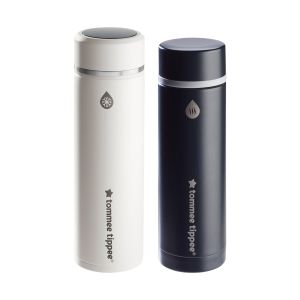
This is a demo store. No orders will be fulfilled.
Subscription orders can be cancelled at anytime. Free delivery on all subsequent subscription orders. Find out more about subscriptions.
They’re easy and fuss free
Your products are automatically sent to you
You save up to 10% when you sign up for a subscription
You can cancel at any time

Thanks for purchasing a Tommee Tippee Manual Breast Pump!
This manual breast pump is the simple and comfortable way to express your breast milk. With a narrow neck and curved handle, it helps to maximise the power of your pumping action while reducing the strain on your hand as you express your breast milk.
This page is here to help you get the most out of your breast pump, and to answer any questions you may have. Keep on reading for product support and troubleshooting advice.
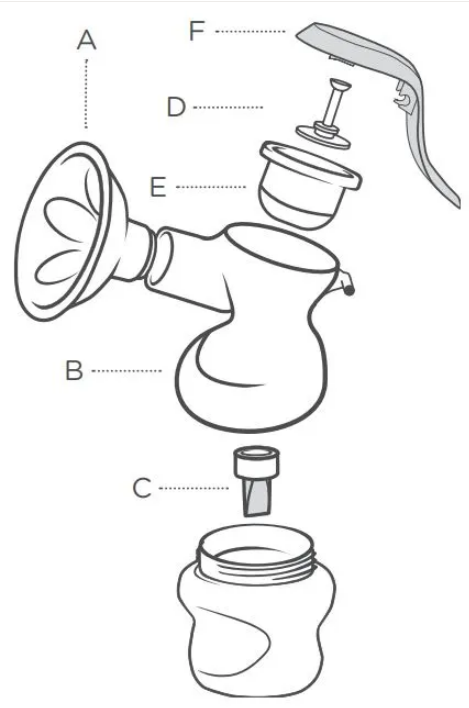
Before you use your pump for the first time and after every use…
Each time you use your breast pump, check all parts of the pump for any damage, and always wash your hands with soap and water and dry thoroughly before handling your breast pump.
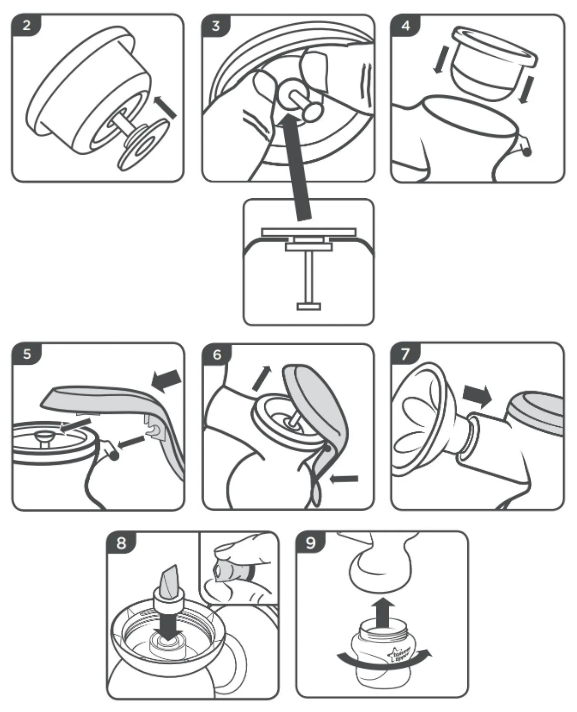
The best time to use your breast pump is after the first feed of the day (unless your breastfeeding advisor has told you something different).
Get yourself in a comfortable position, sitting, standing or half-lying. The important thing is to keep the pump handset vertical while you hold it against your breast. You’ll also need a flat surface nearby to put the pump and bottle on when you’re done.
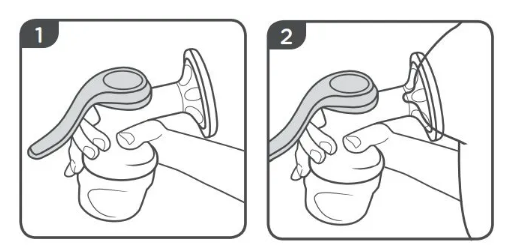
1. Hold the pump handset around the narrow neck of the body. Hold it in whichever hand feels most comfortable. As you use it, you may find it’s more comfortable to cup your hand around the bottle.
2. Place the horn over your breast so that it creates a seal all the way around with your nipple at the centre of the hole. You don’t need to cover the whole of your areola or breast with the horn, so don’t force it. It should sit comfortably. If it doesn’t feel right, relax and reposition.
3. Gently squeeze the handle and you’ll feel the suction.
4. Release the handle and allow it to return to its resting position. Releasing the handle opens the valve so your milk can flow into the bottle.
5. Try to imitate the rhythm of your baby as they suck. You don’t have to squeeze hard – just as much as is comfortable for you.
6. When you first start expressing milk, use the pump for 3-5 minutes on each breast. Over time you will be able to build up to 10-15 minutes on each breast.
7. You can help stimulate your milk flow by gently stroking and massaging your breast.
8. The amount of milk you express and the time it takes will vary. Don’t worry, this is normal.
9. If air is getting in around the horn, your pump may not suck milk effectively. Adjust your position and replace the cup on your breast so that it feels comfortable and the pump is expressing milk.
Breast milk can be stored using the following guidelines…
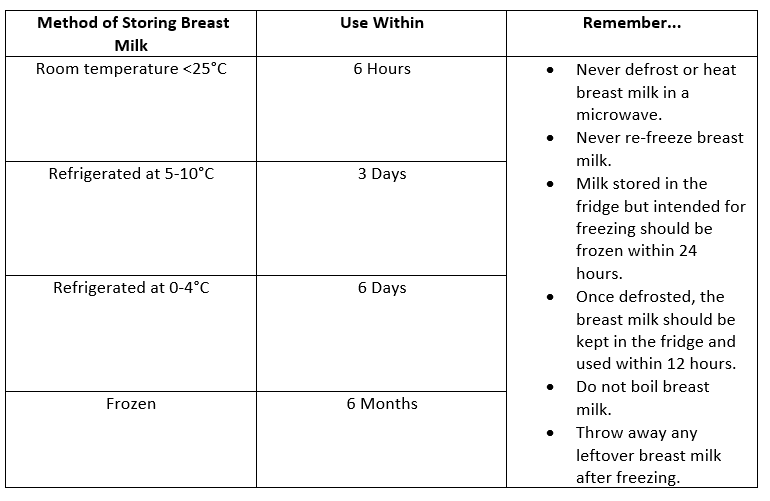
Please note, this table aims to provide a guide to how long you can store breastmilk for a full term baby with no additional health concerns.
1. Unscrew the bottle from the pump body.
2. Pull the horn away from the pump body and remove the duck-billed valve.
3. Disconnect the handle from the body by pulling away from the body horizontally.
4. Lift out the diaphragm from the body.
5. Pull out the connector rod from the diaphragm.
6. Wash all parts in clean soapy water. Don’t use water that you’ve used for cleaning other products.
7. Rinse thoroughly with clean water.
8. You can also wash the pump components in the top rack of a dishwasher. Place the peach duck-bill valve in the cutlery rack or dishwasher pod to help keep it safe.
9. Sterilise all parts of the pump using either cold water sterilisation, microwave sterilisation, boiling water, or electric steam sterilisation.
10. For best results use Tommee Tippee® electric or microwave sterilisers.
It’s most likely that there’s some air getting in somewhere, which means the pump won’t work properly.
The Tommee Tippee® Made for Me manual breast pump is designed to be a perfect fit for Tommee Tippee bottles and pouches (excludes Tommee Tippee Closer to Nature® Glass bottles). You may get leaks and spills if you use other brands of bottles and containers that don’t fit correctly.